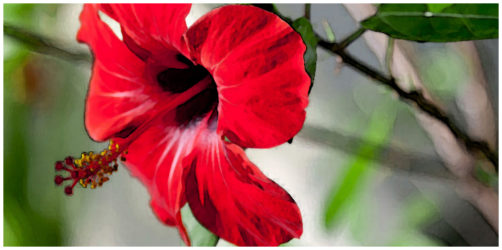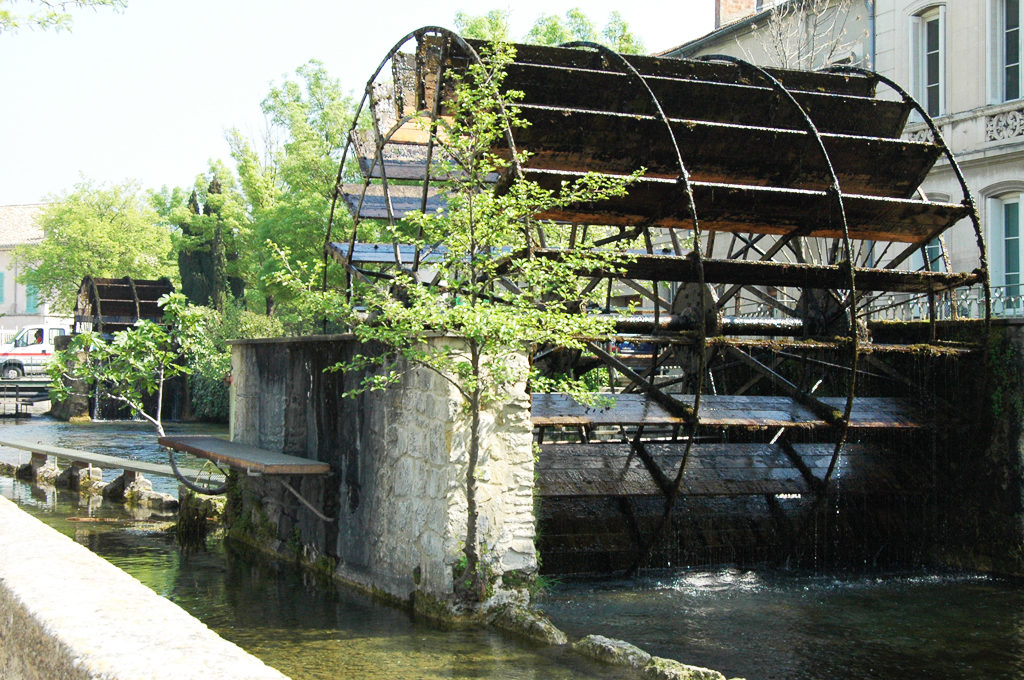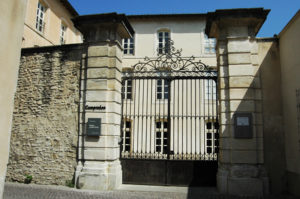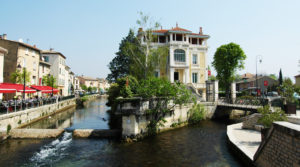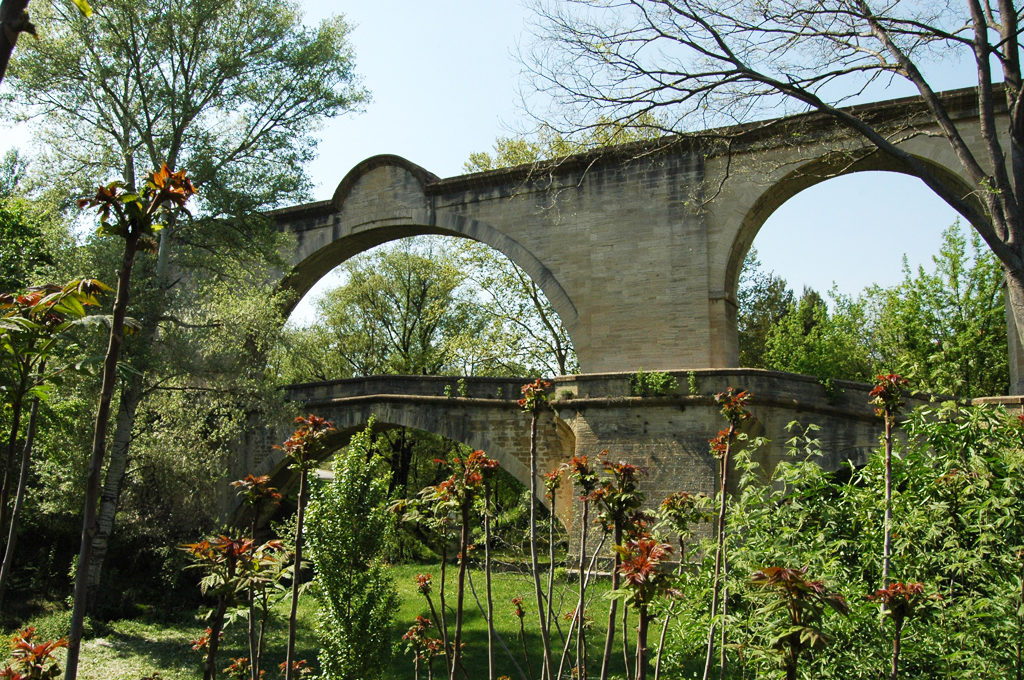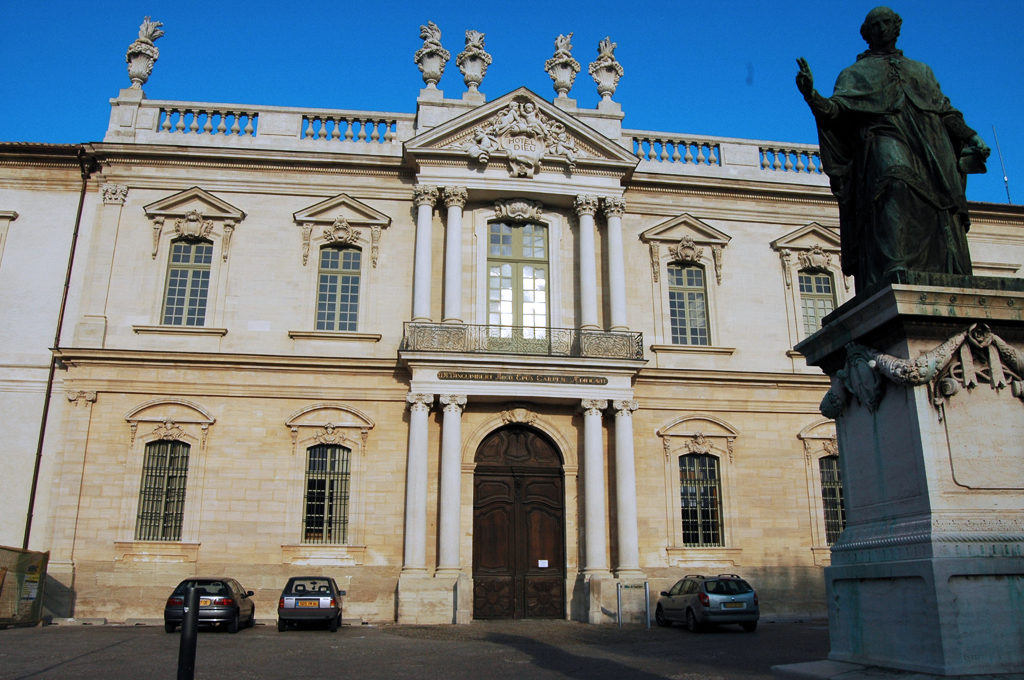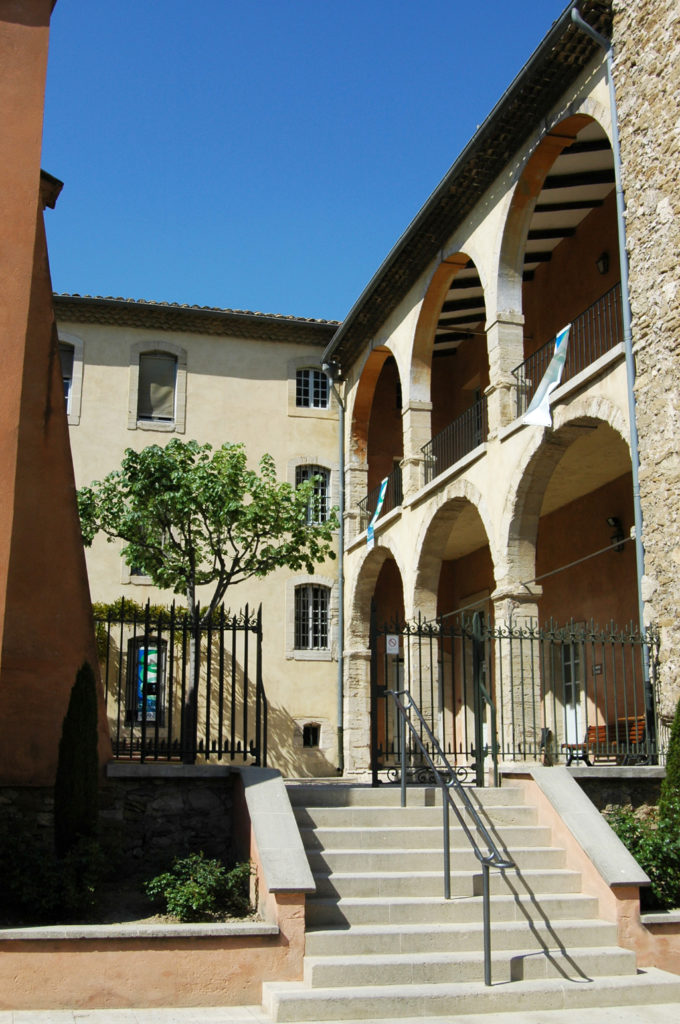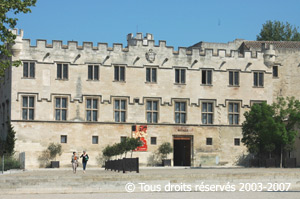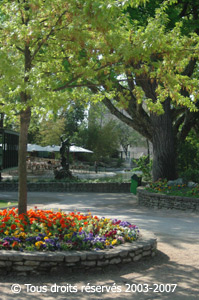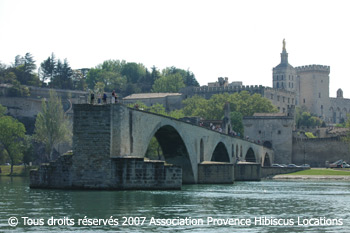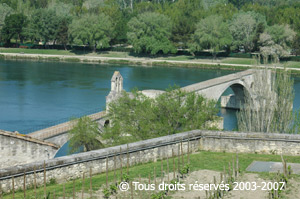Situated in the department of Vaucluse , crossed by the Nesque, Pernes-les-Fontaines is classified among The most beautiful detours of France , thanks to its rich architectural heritage, traditional and human.
It is very well named because it has 40 public fountains and more than a hundred private fountains. Pernes was the capital of the Comtat Venaissin in the old days and bears the surname of “ Pearl of the Comtat ” at the present time. The village has grown steadily and today has more than 10,000 inhabitants and many historical monuments.
It is a small fortified medieval town with 22 sites listed or classified as Historic Monuments , 40 public fountains, 13 chapels, mills and curiosities, and 7 public gardens.
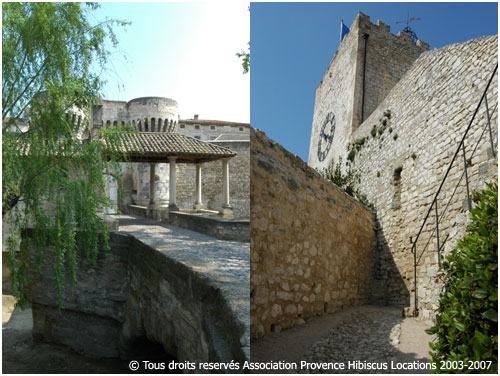
Touristic places
- Its ramparts include numerous doors such as the Notre Dame Gate dating from the 16th century or the Porte Neuve.
- The Rectangular Tower of the Clock (IMH), dungeon of the 12th century of the old castle of the counts of Toulouse with a clock and which offers a Nice point of view. The Ferrande Tower dating from the 13th century.
- The church N.D. of Nazareth of the eleventh century.
- The course of the 40 Fontaines.
- Quays of the Nesque.
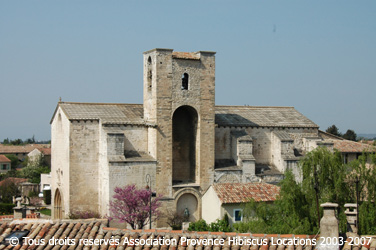
Sporting activities
Carpentras-Pernes-les-Fontaines aerodrome. Moto-cross international. Fishing, hunting, horse riding, walking, horseback riding, mountain biking.
Site of Pernes les Fontaines
Touristic Office: City of Pernes les Fontaines
[print-me]
